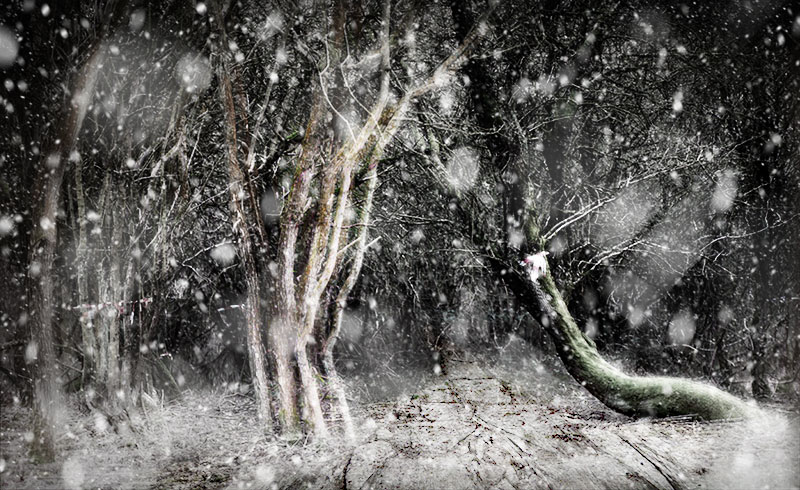Julie Cox, GiGL Data Officer

© AskAuk.com
Picture a perfect winter’s day. What does it look like to you? It’s a common misconception that winters are only suitable for hibernating indoors and that much of London’s flora and fauna are hiding away from the cold too. This isn’t the case. London is blessed with many winter visitors who migrate from colder climes, and now is a great time to be out in the field recording them; both day and night. GiGL’s treasurer, David Darrell-Lambert has been enjoying the annual bird migration, one of winter’s most wonderful spectacles. This year has been even more fantastic than most with record numbers of migrant birds in our city skies. Who can possibly argue that London has no wildlife when over twelve thousand birds have been recorded passing over one London park in a matter of a few days?
These figures demonstrate just how many records can be collated in a short space of time. While large quantities of data are a wonderful addition to the partnership’s resource, they do present some challenges for data management. Firstly, how can a small team keep up with entering potentially endless quantities of new records? One method GiGL is pioneering is accessing citizen science people-power. Maria details how we’re using crowdsourcing website, Zooniverse, to help digitise our backlog of bird data, and also takes us on a journey through other GiGL treasure.
The hard work isn’t over once the data is digitised and in the GiGL system. A very important stage in our management of species data is verification; ensuring confidence in the data we hold. If you’re a local expert we’re asking for your help with this. In turn, there are many ways GiGL can help you in your recording. Richard Bullock gives us his take on the joy of recording and why he works with us. Our show and tell articles provide two examples of ways we’ve presented data to help members of the GiGL partnership. We describe the value of species alert layers in informing the planning process, and showcase maps of goose counts in the Wandle Valley.
Nature is intrinsically important. I expect most of our audience doesn’t need convincing of that fact. However, there are many others who undervalue nature and do not see its worth or the importance of its protection and management. The Greater London Authority has recently published a “Natural Capital Account” for London. This sets out the economic benefits provided by the city’s public green spaces, in the hope this will help argue nature’s case to those not naturally inclined to value it, and to protect funding of our green space sectors.
Amongst London’s richest green spaces are the Royal Parks. This winter we’re celebrating the tenth anniversary of The Royal Parks being a GiGL partner. So vital are the services GiGL provides to their remit, that they fund a permanent member of GiGL staff, who works solely on Royal Parks projects and is hosted within the Parks’ ecology team. Claudia, and her Royal Parks colleagues, provide us with an update of what they’ve been working on and the importance of the GiGL relationship.
Recommended to us by one of our collaborators, this issue’s book review, “After London” by Richard Jefferies, portrays quite a different picture of London. The author was a London resident better known for his natural history writing than his science fiction and his appreciation of nature’s resilience is clear in this post-apocalyptic story.
The autumn saw a change to GiGL staff. Our Community Officer, Claire Stewart, departed in September to start a PhD in biodiversity management at Durrell Institute of Conservation and Ecology. We wish Claire the best of luck with her studies. She’s been replaced by Katharine Davies, who introduces herself in this issue’s staff interview. Katharine joins us fresh from a Masters in Biodiversity, Evolution and Conservation, and has a wealth of international biodiversity and surveying experience to bring to the team.
